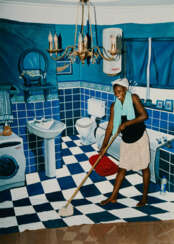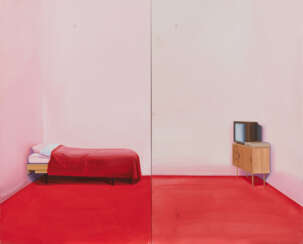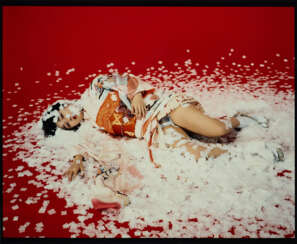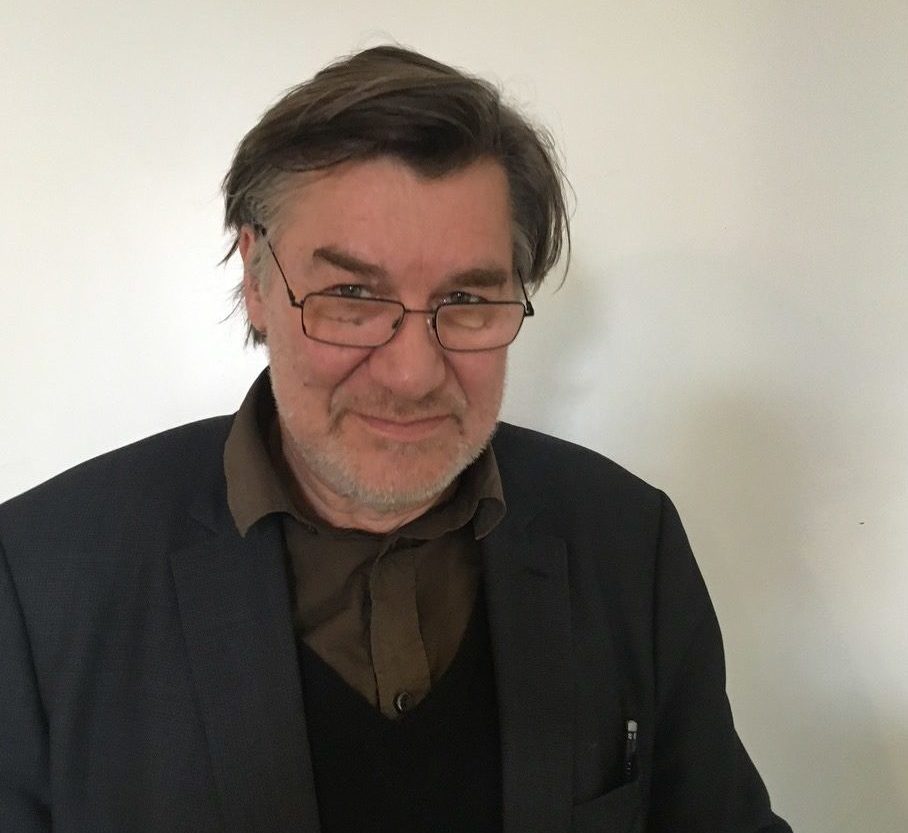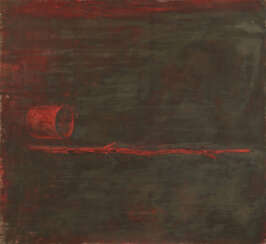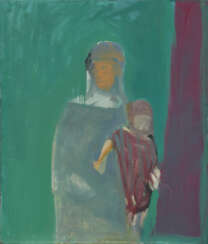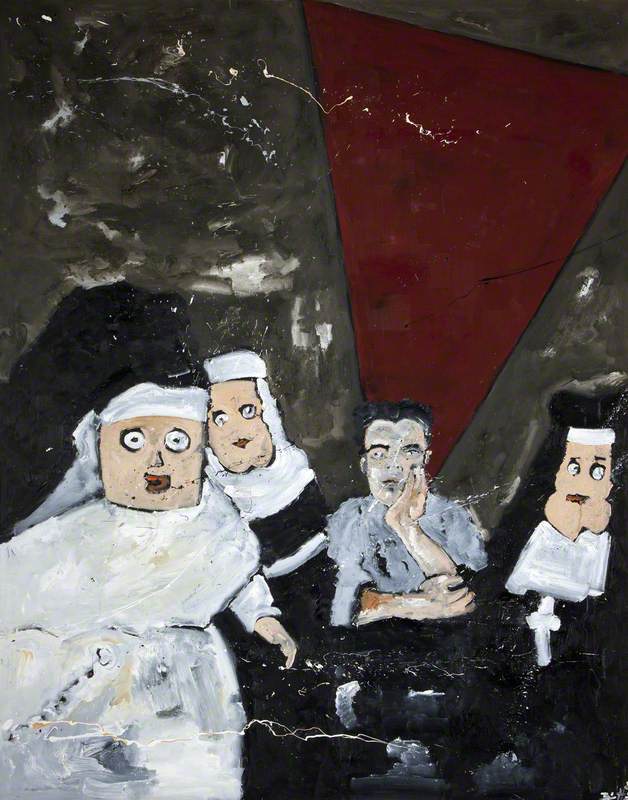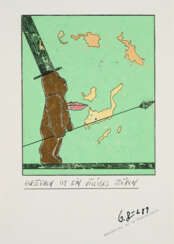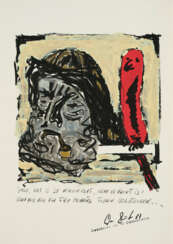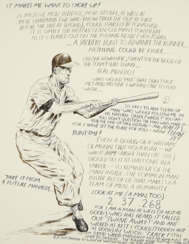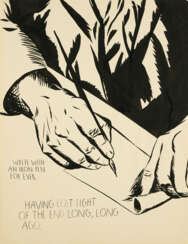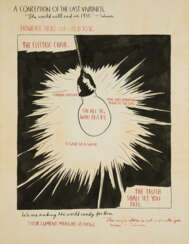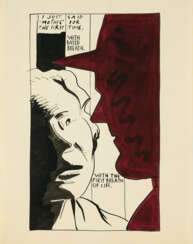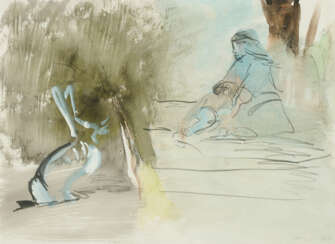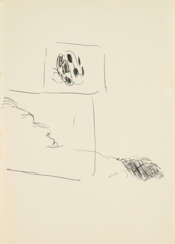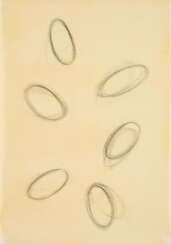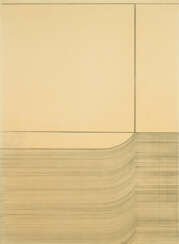
A1279: Beyond the Mainstream – A Rhenish Collection
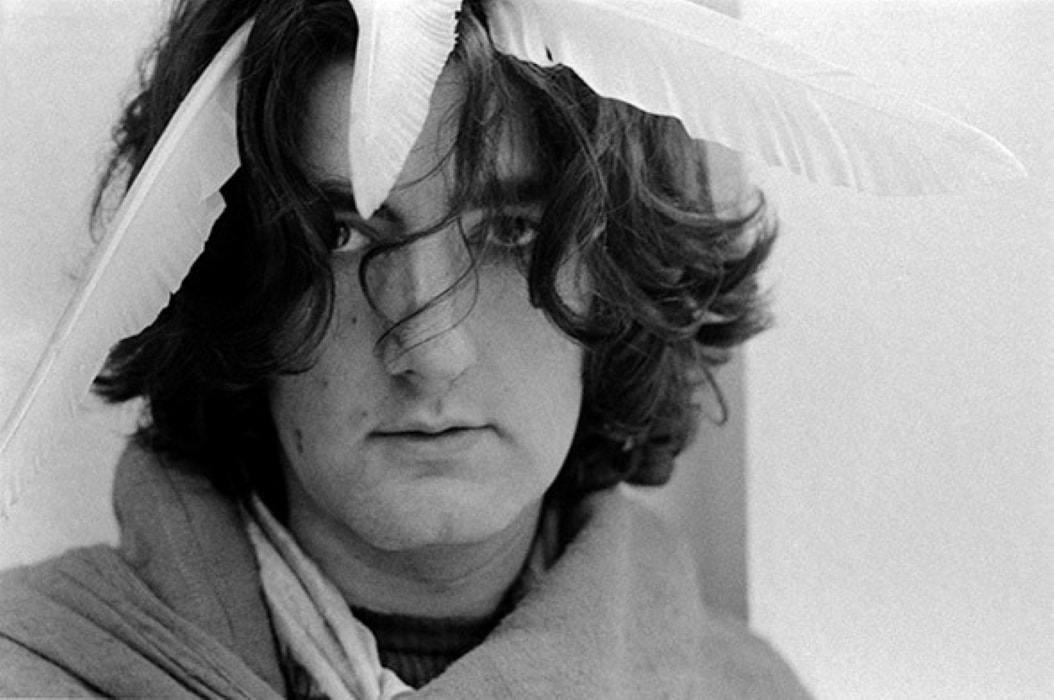
Michael Buthe was a German artist who lived and worked between Germany and Morocco. He exhibited widely throughout Europe during his life and is known for his eclectic and prolific oeuvre which encompasses painting, sculpture, and installation.
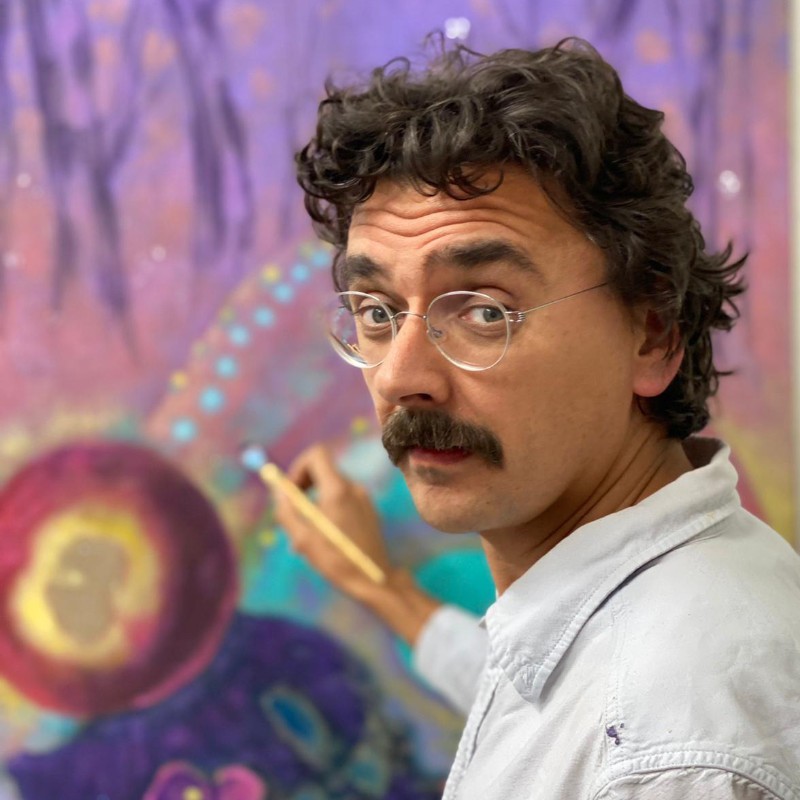
Uwe Henneken is a German artist living and working in Berlin.
Henneken began his studies at the State Academy of Fine Arts in Karlsruhe and completed his studies at the University of the Arts in Berlin. In his grotesque, amusing and fabulous paintings and sculptures, the artist transports the viewer into strange worlds. Especially impressive are the brightly colored landscapes, as in a surrealistic fever dream. In these psychedelic sets move figures unimaginable in reality, sometimes comic and cartoonish, sometimes tragic, and sometimes both at the same time.
Henneken has spent a lifetime researching the theme of shamanism and believes that the shaman is the prototype of the artist and therefore the contemporary artist is directly connected to his professional ancestor. Promoting the idea of otherworlds, through magical realism the artist brings magic to real life.

Raymond Pettibon is an American artist who lives and works in New York City. Pettibon came to prominence in the early 1980s in the southern California punk rock scene, creating posters and album art mainly for groups on SST Records, owned and operated by his older brother, Greg Ginn. He has subsequently become widely recognized in the fine art world for using American iconography variously pulled from literature, art history, philosophy, and religion to politics, sport, and sexuality.

Raymond Pettibon is an American artist who lives and works in New York City. Pettibon came to prominence in the early 1980s in the southern California punk rock scene, creating posters and album art mainly for groups on SST Records, owned and operated by his older brother, Greg Ginn. He has subsequently become widely recognized in the fine art world for using American iconography variously pulled from literature, art history, philosophy, and religion to politics, sport, and sexuality.

Raymond Pettibon is an American artist who lives and works in New York City. Pettibon came to prominence in the early 1980s in the southern California punk rock scene, creating posters and album art mainly for groups on SST Records, owned and operated by his older brother, Greg Ginn. He has subsequently become widely recognized in the fine art world for using American iconography variously pulled from literature, art history, philosophy, and religion to politics, sport, and sexuality.

Raymond Pettibon is an American artist who lives and works in New York City. Pettibon came to prominence in the early 1980s in the southern California punk rock scene, creating posters and album art mainly for groups on SST Records, owned and operated by his older brother, Greg Ginn. He has subsequently become widely recognized in the fine art world for using American iconography variously pulled from literature, art history, philosophy, and religion to politics, sport, and sexuality.
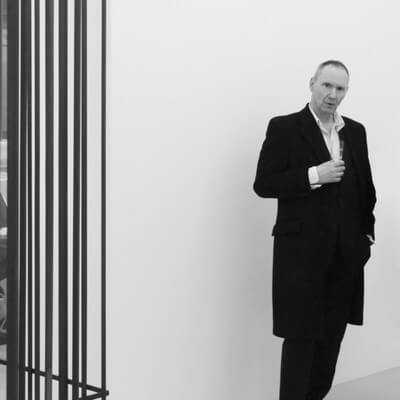
Hubert Kiecol is a German artist. He was a professor at the State Art Academy in Düsseldorf. Kiecol graduated from the Hamburg Art School in 1971 and from 1975 at the Hamburg University of Fine Arts. In 1984 he received a Mies van der Rohe grant and in 1985 an Annemarie and Will Grohmann grant. In 1991 he was awarded the Will Grohmann Prize by the Berlin Academy of Arts. In 1993 he was appointed professor at the Düsseldorf Art Academy. In 2000 he received the Wolfgang Hahn Prize for contemporary art from the Society for Modern Art at the Museum Ludwig in Cologne.
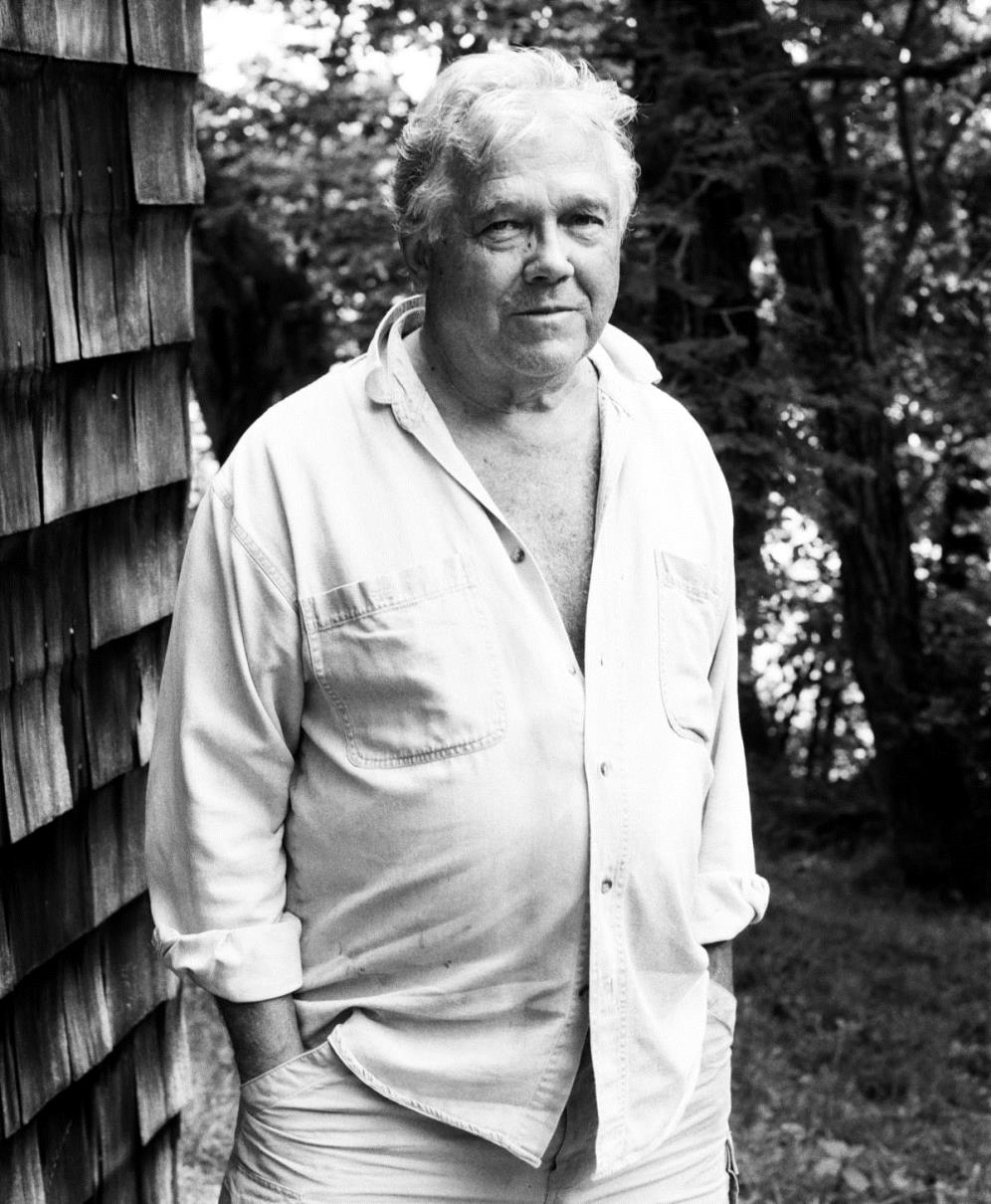
Gary Kuehn is an American artist who pioneered the Postminimal and Process Art movements of the 1960s. His work is known for its fluid use of materials that undermined the psychology of dominant Minimal Art practices.[16] Using a straightforward and reduced formal language, Kuehn subverts pure geometric forms with content-driven, metaphorical concepts. Although Kuehn works with a wide range of materials, the unifying theme throughout his discursive practices is a tension between forms as evident in his Black Paintings and Melt Pieces. In 1992 he received the Francis J. Greenburger Foundation Award.


